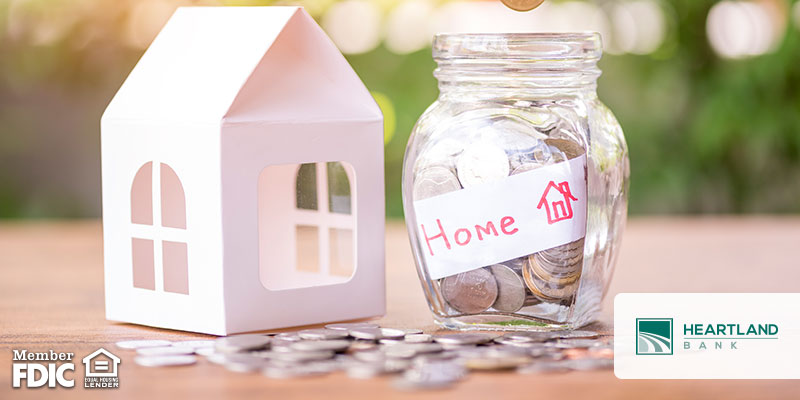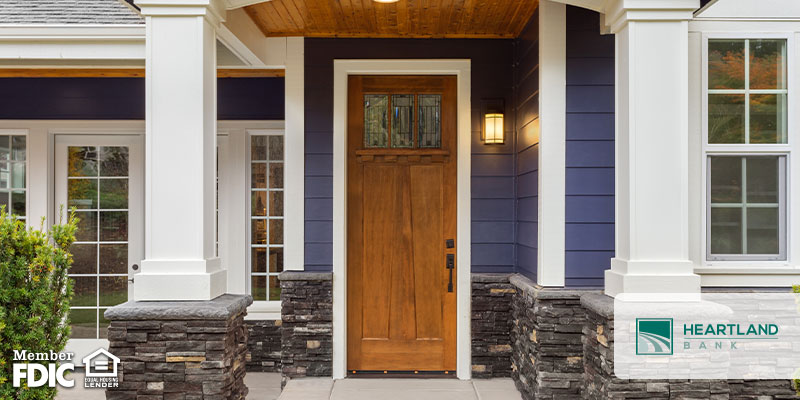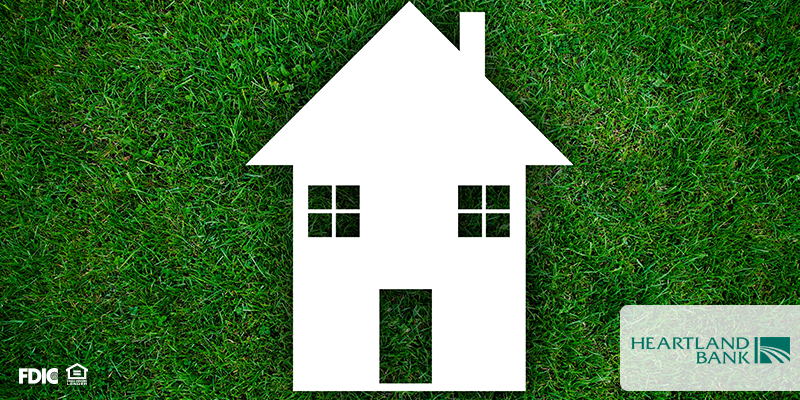
The weather is beautiful and homes are popping up for sale everywhere! If you’re on the hunt for your next house, it’s important not to bust your budget. Luckily, we’ve compiled some great ways that can help you stay within your budget when buying a home.
Have 20% Saved for the Down Payment
While you don’t need 20% saved in order to actually buy a home, there are plenty of benefits that come along with it. In total, you’ll pay less for your home since you’re avoiding interest being applied to a higher cost. You’ll also potentially get a lower mortgage loan interest rate because making a higher down payment is a sign that you’re stable financially, and thus are a good credit risk. Finally, this can help you avoid paying private mortgage insurance.
Raise Your Credit Score
The balance on your credit cards vs the credit limit is called your credit utilization ratio. This ratio accounts for 30% of your overall FICO score. By paying off your cards, your credit score will raise and allow for a better loan. It’s also important to know that new accounts and hard inquiries make up 10% of your credit score. When you open a new account, your credit score will drop for a couple months. When you know you’re going to be applying for a mortgage in the near future, it’s best to hold off on buying that new car or applying for a different credit card.
Earn More Money
There are plenty of ways to earn more cash! If you want to stay within your budget, finding ways to add more savings to the pile can help with that goal. You can take money from your IRA without the 10% early withdrawal penalty when you use the money for a home. There are also other solutions that won’t take from your retirement savings, such as getting a second job or hunting for a new job that will pay more. If none of those options work for you, try hosting a garage sale or selling some lightly used items you don’t need online. You could also find ways to use your talents on the weekends or after work, like being a photographer for weddings and senior photos on the side!
Utilize First-Time Buyer Programs
Exploring local and national first-time home buyer assistance programs is an important step in the journey to homeownership. See what’s available to you to know what your options are.
We believe these top tips will advance your home buying skills and help your budget. If you’re looking for a place to put your savings for your new home, we’re here to help. We also have all the home loan options you’ve been searching for and are happy to talk to you about the next steps!








